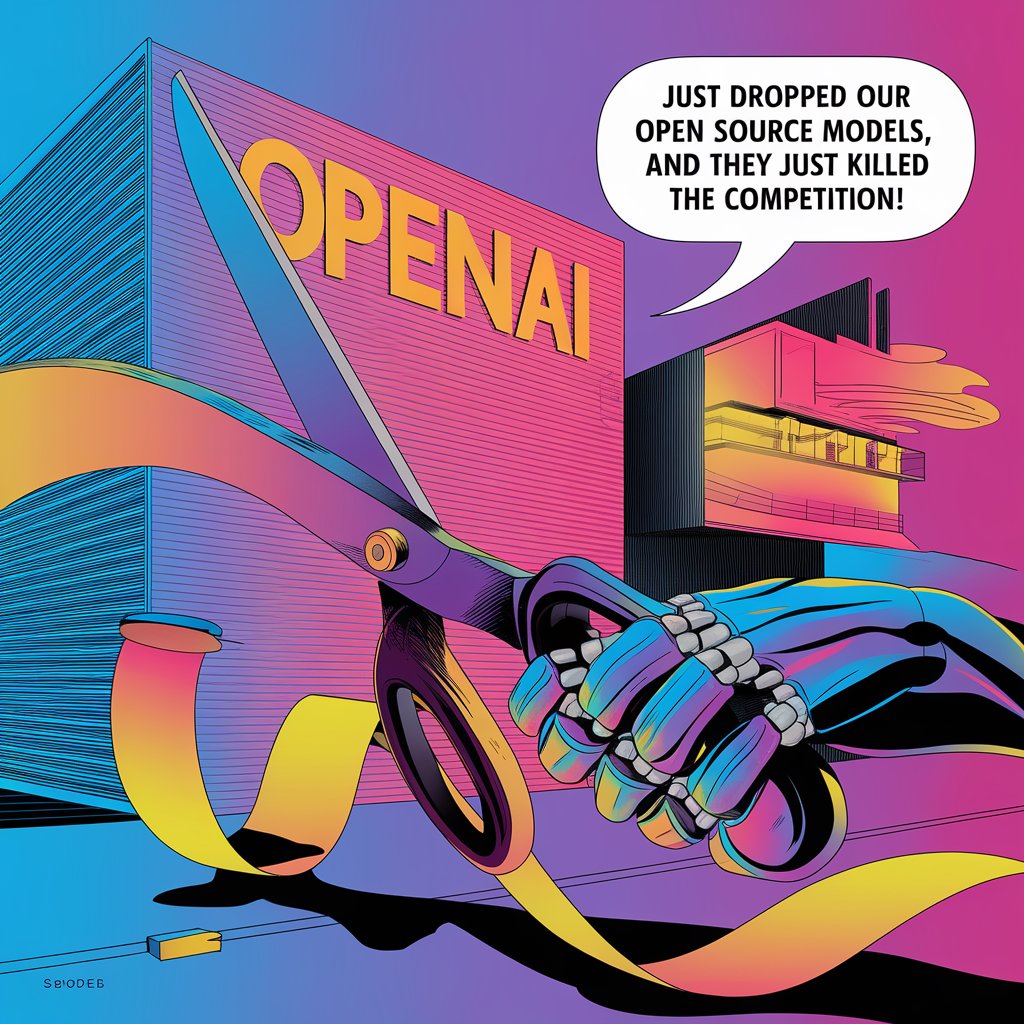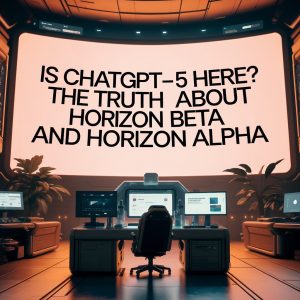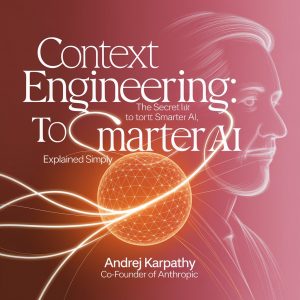In a shocking reversal that sent ripples through Silicon Valley, OpenAI released two groundbreaking open source models on August 5, 2025—gpt-oss-120b and gpt-oss-20b—marking its first open release since 2019 and fundamentally reshaping the AI landscape overnight.
The timing couldn’t be more strategic. After months of mounting pressure from Chinese startup DeepSeek’s success and Meta’s dominance in open source AI, OpenAI has finally abandoned its fortress of proprietary models. But this isn’t just another model release—it’s a declaration of war that changes everything we thought we knew about the AI race.
The Bombshell Announcement That Changed Everything

Picture this: Sam Altman, who just months ago admitted OpenAI was “on the wrong side of history” regarding open source, drops two models that instantly render most competing open source solutions obsolete. The gpt-oss-120b achieves near-parity with OpenAI’s proprietary o4-mini while running on a single 80GB GPU. Meanwhile, the smaller gpt-oss-20b delivers performance comparable to o3-mini on just 16GB of memory—perfect for your MacBook Pro.
This isn’t incremental progress. It’s a quantum leap that fundamentally alters the economics of AI deployment. Where enterprises once needed massive cloud infrastructure and expensive API calls, they can now run state-of-the-art reasoning models locally, maintaining complete data privacy and control.

The numbers speak volumes: gpt-oss-120b outperforms OpenAI o3‑mini and matches or exceeds OpenAI o4-mini on competition coding (Codeforces), general problem solving (MMLU and HLE) and tool calling (TauBench). Even more impressively, it surpasses o4-mini on health-related queries and competition mathematics.
Why OpenAI’s Open Source Models Are Different
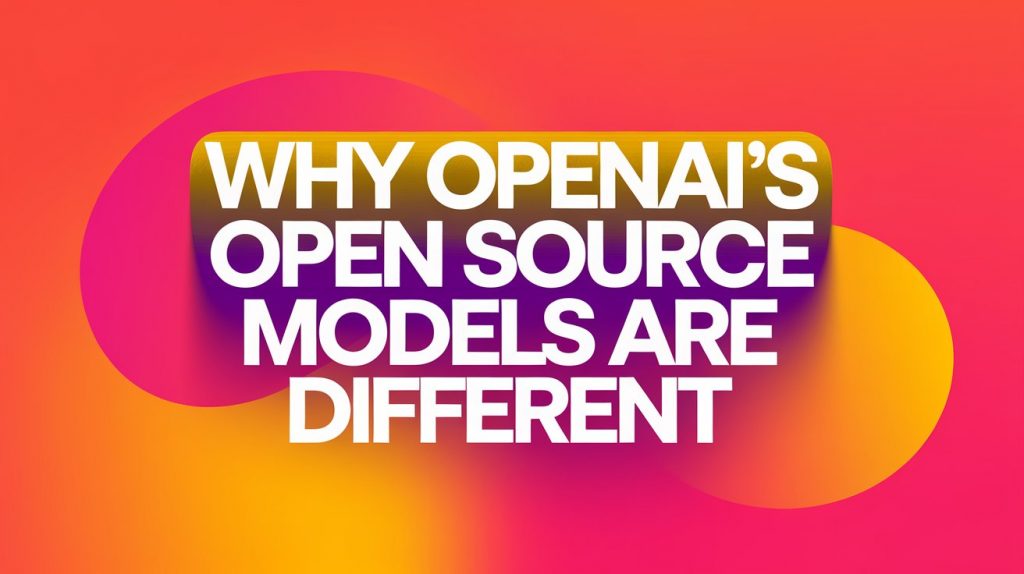
The Apache 2.0 Advantage
Unlike Meta’s Llama models with their restrictive 700-million-user clause, OpenAI’s models come with a permissive Apache 2.0 license. This means true freedom for commercial deployment without worrying about copyleft restrictions or patent risks. You can modify, distribute, and commercialize these models without looking over your shoulder.
Revolutionary Architecture That Changes the Game
The secret sauce lies in the Mixture-of-Experts (MoE) architecture. GPT OSS comprises two models: a big one with 117B parameters (gpt-oss-120b), and a smaller one with 21B parameters (gpt-oss-20b). But here’s the kicker—they only activate a fraction of parameters for any given task, making them incredibly efficient.
The gpt-oss-120b model uses just 5.1B active parameters despite having 117B total, while gpt-oss-20b activates only 3.6B of its 21B parameters. This selective activation means you get massive model capabilities with the speed and resource requirements of much smaller systems.
The Training Revolution Nobody Saw Coming
OpenAI trained these models on 14.8 trillion high-quality tokens, implementing a two-stage context length extension that pushes boundaries to 128K tokens. They’ve incorporated advanced techniques from their o3 and o4 series, including chain-of-thought reasoning and sophisticated tool use capabilities.
What makes this particularly devastating for competitors is the integration of configurable reasoning effort levels—low, medium, and high—allowing developers to optimize for either speed or accuracy based on specific use cases.
Breaking Down the Technical Superiority
Benchmark Domination Across the Board
The performance metrics are staggering. In Math-500 testing, gpt-oss-120b scored 90.2, with the nearest competitor (Qwen) trailing at 80. On AIME 2024 and 2025 competition mathematics, it outperforms even o4-mini. The model demonstrates exceptional capabilities in:
- Coding Competitions: Superior performance on Codeforces challenges
- Health Queries: Outperforming specialized medical AI models
- Tool Use: Advanced web search and Python code execution within chain-of-thought
- Multi-step Reasoning: Complex problem-solving that rivals proprietary models
Hardware Optimization That Defies Logic
Thanks to the innovative MXFP4 quantization scheme, the 120B model fits comfortably on a single H100 GPU, while the 20B version runs smoothly on consumer hardware with just 16GB of memory. AI enthusiasts and developers can use the optimized models on NVIDIA RTX AI PCs and workstations through popular tools and frameworks like Ollama, llama.cpp and Microsoft AI Foundry Local, and expect performance of up to 256 tokens per second on the NVIDIA GeForce RTX 5090 GPU.
This isn’t just about raw performance—it’s about democratizing AI in ways previously thought impossible. A developer with a decent gaming laptop can now run models that compete with enterprise-grade solutions.
The DeepSeek Factor: How China Forced OpenAI’s
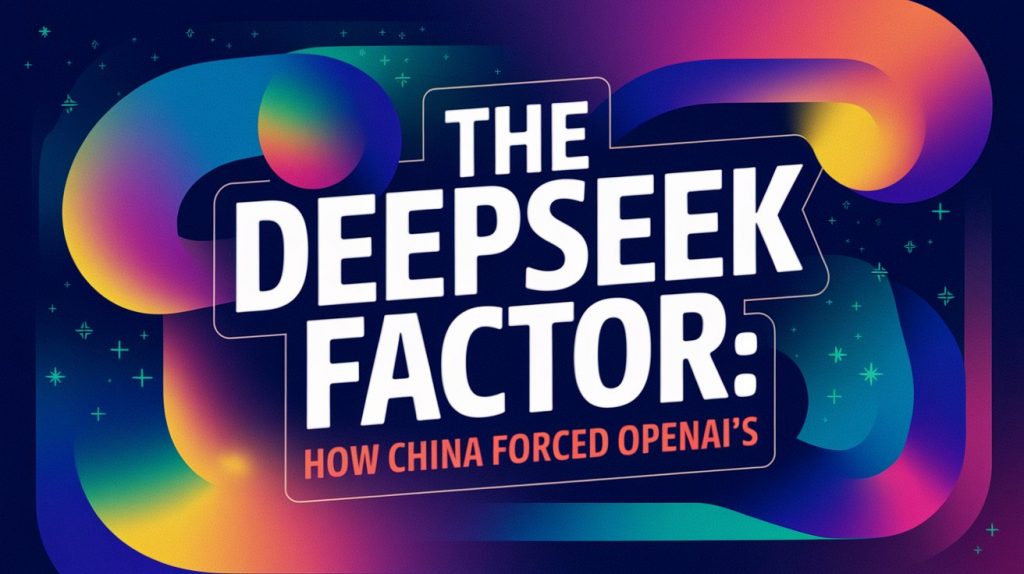
The Wake-Up Call from Beijing
DeepSeek’s R1 model sent shockwaves through Silicon Valley in January 2025, demonstrating that open source models could match proprietary reasoning capabilities at a fraction of the cost. The Chinese startup’s success wasn’t just a technical achievement—it was a strategic masterstroke that exposed the vulnerability of closed-model business models.
The release comes after Altman acknowledged earlier this year that OpenAI had been “on the wrong side of history” in its reluctance to open up its models. This admission came directly after DeepSeek demonstrated strong reasoning capabilities at lower costs, forcing a fundamental reassessment of OpenAI’s strategy.
The Domino Effect
DeepSeek’s success triggered a cascade of open source releases from Chinese companies. Alibaba’s Qwen 2.5, Moonshot AI’s Kimi models, and others flooded the market with capable, free alternatives. OpenAI faced a stark choice: adapt or become irrelevant in the very market it created.
The response? Total annihilation of the competition through superior technology rather than market protectionism.
Real-World Performance That Crushes Expectations

Developer Productivity Unleashed
Early adopters report productivity gains that border on the absurd. Tasks that previously required expensive API calls to GPT-4 now run locally with comparable quality. Code generation, debugging, and documentation—all happening on-device without latency or privacy concerns.
Consider these real-world applications already in production:
- Local Code Analysis: Complete codebases analyzed without sending sensitive data to external servers
- Medical Research: HIPAA-compliant AI processing on local infrastructure
- Financial Modeling: Proprietary algorithms enhanced without exposure to third-party services
- Edge Computing: AI-powered IoT devices with sophisticated reasoning capabilities
Enterprise Deployment at Scale
Major cloud providers jumped on board immediately. Cloud providers Amazon, Baseten and Microsoft are also making the models available. This instant adoption signals industry confidence in OpenAI’s open source strategy.
Companies previously hesitant about AI adoption due to data sovereignty concerns now have zero excuses. The models run entirely within corporate firewalls, maintaining complete control over sensitive information.
What This Means for Developers Right Now
Immediate Implementation Opportunities
The barrier to entry just collapsed. Here’s what you can build today:
- Personal AI Assistants: Run gpt-oss-20b on your laptop for a completely private ChatGPT alternative
- Custom Fine-tuning: Adapt models for specialized domains without cloud dependencies
- Hybrid Architectures: Combine local processing with cloud APIs for optimal cost-performance
- Research Applications: Conduct AI research without massive compute budgets
The Integration Ecosystem Explosion
You can use gpt-oss-120b and gpt-oss-20b with Transformers. If you use the Transformers chat template, it will automatically apply the harmony response format. Support spans across:
- Hugging Face Transformers: Native integration with the most popular ML library
- vLLM: High-performance inference serving
- Ollama: Simple local deployment
- llama.cpp: Optimized C++ implementation
- LM Studio: User-friendly GUI for non-technical users
The Competition’s Response: Panic Mode Activated

Meta’s Scramble to Remain Relevant
Meta reportedly assembled four “war rooms” of engineers to respond to OpenAI’s release. Their Llama 4, scheduled for release at month’s end, suddenly looks outdated before launch. The 700-million-user restriction that OpenAI explicitly mocked puts Meta in an awkward position.
Mistral and Cohere’s Existential Crisis
Smaller players face an existential threat. Their value proposition—open alternatives to OpenAI—evaporated overnight. With OpenAI offering superior models under more permissive licenses, their funding rounds and business models require immediate reconsideration.
Google’s Deafening Silence
Notably absent from immediate responses, Google’s closed-model approach looks increasingly antiquated. Their Gemma open models, already struggling for adoption, now face direct competition from a technically superior alternative with OpenAI’s brand recognition.
The Chinese Response
Ironically, DeepSeek and other Chinese labs might benefit from OpenAI’s release. The validation of open source approaches strengthens their position, while technical innovations in gpt-oss models provide new research directions for the entire ecosystem.
Implementation Guide: Getting Started Today
Quick Start for Developers
Getting started takes minutes, not hours. Here’s your roadmap:
Step 1: Download the Models
huggingface-cli download openai/gpt-oss-120b --include "original/*" --local-dir gpt-oss-120b/
Step 2: Install Dependencies
pip install gpt-oss transformers torch
Step 3: Run Your First Inference
from transformers import pipeline
model_id = "openai/gpt-oss-120b"
pipe = pipeline("text-generation", model=model_id, torch_dtype="auto", device_map="auto")
Optimization Strategies
For production deployments, consider these optimization techniques:
- Reasoning Level Adjustment: Use low effort for simple queries, high for complex analysis
- Quantization Options: Leverage MXFP4 format for memory efficiency
- Multi-GPU Scaling: Distribute larger models across multiple GPUs for faster inference
- Caching Strategies: Implement smart caching for repeated queries
Safety Considerations
OpenAI ran scalable capability evaluations on gpt-oss-120b, and confirmed that the default model does not reach our indicative thresholds for High capability in any of the three Tracked Categories of our Preparedness Framework. However, implement these best practices:
- Regular safety audits of fine-tuned models
- Input validation and output filtering
- Rate limiting for public-facing applications
- Monitoring for potential misuse patterns
Future Implications: The New AI Landscape
The Death of API-Only Business Models
Companies charging for API access to proprietary models face a reckoning. Why pay per token when equivalent performance runs locally for free? The entire SaaS AI ecosystem requires fundamental restructuring.
The Rise of Specialized Fine-Tuning
With powerful base models freely available, value shifts to domain-specific adaptations. Expect an explosion of specialized models for healthcare, finance, legal, and other verticals—all built on OpenAI’s foundation.
Geopolitical Ramifications
OpenAI’s emphasis on “democratic values” and U.S.-origin technology carries geopolitical weight. As Sam Altman stated, this represents building “an open AI stack created in the United States, based on democratic values, available for free to all.”
This positions American technology at the center of global AI development, potentially countering narratives about Chinese AI dominance.
The Next Six Months
Expect rapid developments:
- September 2025: Wave of fine-tuned models hitting production
- October 2025: Major enterprises announcing local AI deployments
- November 2025: New benchmarks specifically designed for open models
- December 2025: Potential GPT-5 release redefining the proprietary tier
- January 2026: Complete restructuring of the AI market landscape
Frequently Asked Questions
How do gpt-oss models compare to GPT-4?
While gpt-oss models match or exceed o3-mini and approach o4-mini performance, they don’t reach GPT-4 or GPT-5 levels. They represent the sweet spot of capability versus accessibility—powerful enough for most real-world applications while remaining practically deployable.
Can I use these models commercially?
Absolutely. The Apache 2.0 license permits commercial use without restrictions. Unlike Meta’s Llama models, there are no user limits or special clauses. Build, deploy, and profit without legal concerns.
What hardware do I need?
For gpt-oss-20b: Any system with 16GB RAM/VRAM (modern MacBooks, gaming PCs) For gpt-oss-120b: Single 80GB GPU (H100, A100) or distributed across multiple smaller GPUs
How do I fine-tune these models?
Both models support standard fine-tuning approaches. The smaller gpt-oss-20b can be fine-tuned on consumer hardware, while gpt-oss-120b requires a single H100 node. OpenAI provides comprehensive documentation and example scripts.
Will OpenAI continue releasing open models?
Given the strategic shift and market response, expect continued open releases. OpenAI indicated this complements rather than replaces their proprietary offerings, suggesting a dual-track strategy going forward.
The Bottom Line
OpenAI’s release of gpt-oss models represents more than a product launch—it’s a strategic nuclear option that resets the entire AI industry. By combining state-of-the-art capabilities with true open source freedom, OpenAI hasn’t just entered the open source race; they’ve redefined what winning looks like.
For developers, this means unprecedented opportunity. For enterprises, it eliminates the last barriers to AI adoption. For competitors, it demands immediate strategic reassessment. And for the broader AI ecosystem, it accelerates innovation by years, not months.
The message is clear: The future of AI is open, powerful, and available today. The only question remaining is what you’ll build with it.

